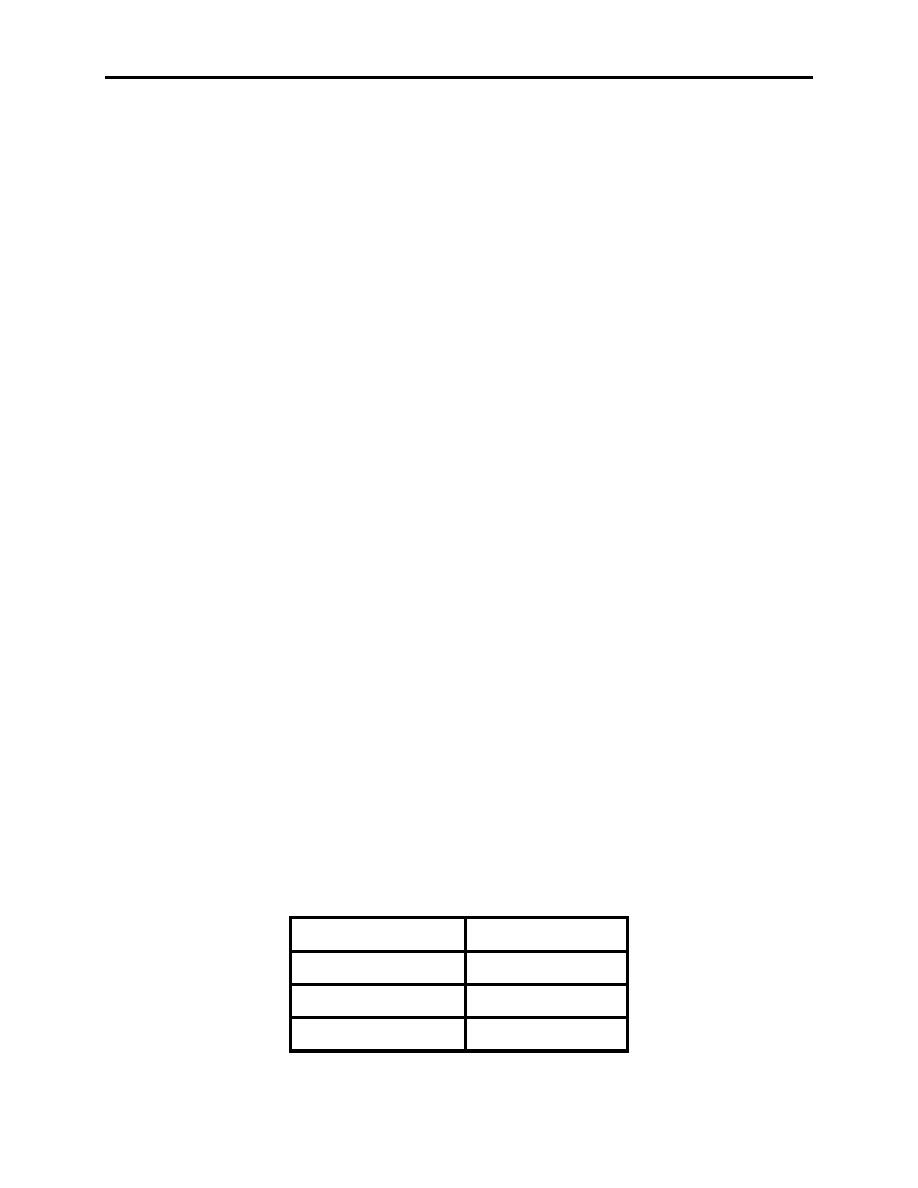 |
|||
|
|
|||
|
Page Title:
Trim Requirements-Rudder/Elevator |
|
||
| ||||||||||
|
|  T-6A CONTACT
CHAPTER TWO
Rudder trim: an electromechanical actuator located in the vertical stabilizer , which drives an
anti-servo trim tab on the trailing edge of the rudder provides rudder trim. Reference the balance
ball of the turn and slip indicator to help determine the proper direction of rudder and rudder trim
pressure. For example, if the ball is out to the right, the nose is actually out to the left and you
are in unbalanced flight. Smoothly apply right rudder pressure ("Step On The Ball") to regain
balanced flight. Then smoothly apply right rudder trim until you relieve the rudder pressure you
are holding. If you have trimmed properly, the ball should stay in the center and you should feel
as if you are flying straight and level.
TAD: the rudder TAD of the T-6A assists in trimming about the yaw axis of the aircraft. The
inputs to the TAD include engine torque, altitude, airspeed, and pitch rate. Based on these
inputs, the TAD sends a signal to the rudder trim actuator physically moving the trim tab surface
to a computed position. Although the TAD is effective at approximating a valid rudder trim
position, it by no means replaces the need to appropriately trim the rudder, especially during
rapid accelerations and large power changes.
Remember any pilot-actuated electric rudder trim inputs are additive to the trim input the TAD
commands. Thus, a good technique during minor trim changes is to allow the TAD to complete
its trim cycle, then make fine adjustments as necessary. Loss of the TAD in flight does not affect
the overall controllability of the aircraft and its loss would minimally impact most training
missions.
Elevator trim: elevator trim is provided by an electromechanical actuator which drives a tab
surface on the right side of the elevator. To trim the aircraft nose attitude, first move the stick to
position the nose for the attitude you desire in relationship to the horizon. As the fore/aft stick
force increases, maintain the desired nose attitude and apply elevator trim in the opposite
direction as the control pressure until it is relieved. Always use a light grip on the stick so as to
"feel" the pressure. "Finger-tip control" is the key to smooth flying.
Aileron trim: the aileron trim is utilized much like the elevator trim but about the longitudinal,
or roll, axis of the aircraft. Interestingly, unlike the other two trim systems that utilize trim tab
surfaces on their training edges (rudder and elevator), aileron trim in the T-6A is accomplished
by physical movement of the ailerons. Ground adjustable trim tabs are installed on the trailing
edge of each aileron to allow maintenance personnel to adjust the "neutral" setting. Aileron trim
is only necessary if, after the rudder is trimmed, the aircraft tends to roll to one side.
203.
TRIM REQUIREMENTS - RUDDER/ELEVATOR
LEFT/DOWN
Deceleration
RIGHT/UP
Power Addition
RIGHT/DOWN
Power Reduction
LEFT/UP
THE FLIGHT CONTROLS
2-5
|
|
Privacy Statement - Press Release - Copyright Information. - Contact Us |